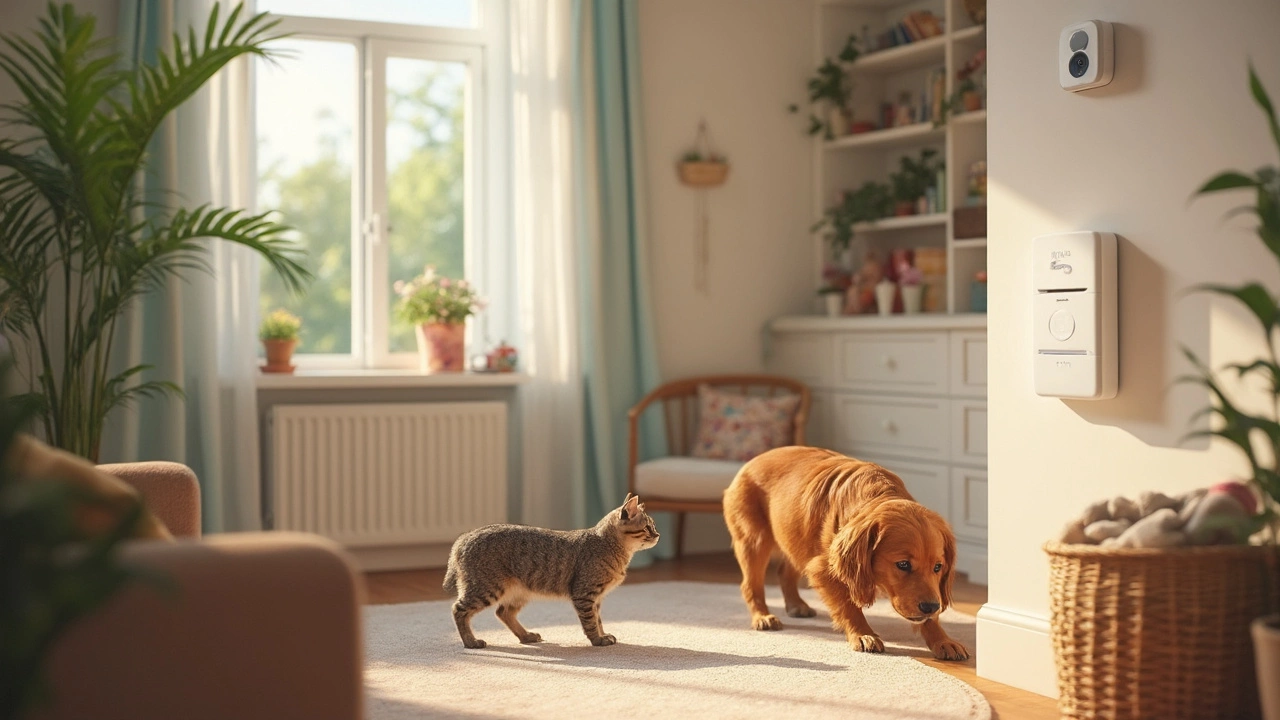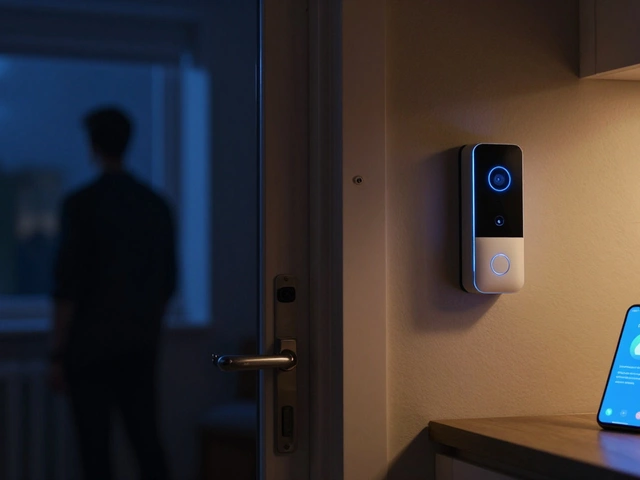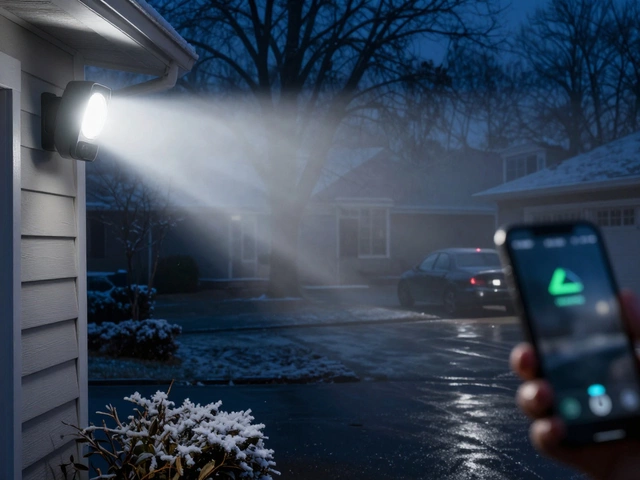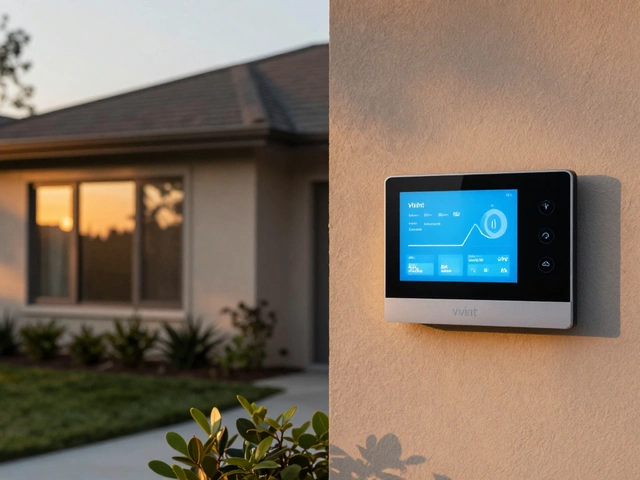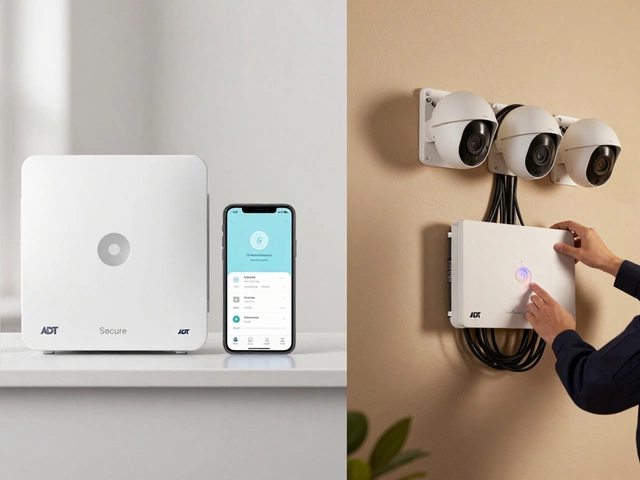Pet Friendly Home Security: Keep Your Furry Friends Safe and Your Home Protected
If you love your dog or cat as much as your door, you need security that works for both. Traditional alarms and motion sensors can scare pets or trigger false alerts when they chase a laser. The good news? Modern smart devices let you guard your house without freaking out your four‑legged family.
Choose Sensors That Ignore Pets
Most motion sensors detect anything that moves, including a curious kitten. Look for dual‑technology sensors that combine PIR (infrared) with microwave. The PIR part spots heat from people, while the microwave can filter out small animal movement. When you install a dual‑tech sensor in the hallway, you’ll get fewer false alarms when your dog darts across the room.
Another simple trick is to raise the sensor height. Mount it above the typical pet’s reach—around 6‑7 feet—so a cat jumping on furniture won’t set it off. Many of our customers report that adjusting the angle a little bit makes a big difference.
Smart Doorbells That Play Nice with Pets
Smart doorbells are great for seeing who’s at the door, but the chime can startle dogs. Battery‑powered models let you place the unit away from the main living area, reducing noise. If you need a wired doorbell, choose a low‑voltage transformer (8‑24V) and install a dedicated speaker that uses a softer tone.
Most video doorbells also let you set a “pet mode” that reduces motion sensitivity during the day. That way, a squirrel or a passing dog won’t flood your phone with alerts. Check out the latest UK‑compatible doorbells that support both wired and battery options—flexibility is key if you ever move the unit.
Don’t forget to protect the camera lens from curious paws. A small protective cover or a clear acrylic shield keeps the lens clean and stops pets from scratching it.
Camera Placement That Doesn’t Spook Pets
Indoor cameras should be placed where they capture activity without being a constant presence. Mount a camera high on a wall or on the ceiling, pointing down at the main living area. This gives you a clear view of people while keeping the device out of a cat’s reach.
If you need a camera in the yard, go for a weather‑proof unit with a wide‑angle lens. Position it to cover the gate and driveway, not a favorite digging spot. Some cameras even have a built‑in night vision that turns on only when motion is detected, so your pets won’t be illuminated at night.
Pet‑Friendly Monitoring for Baby and Pet Safety
Many families use baby monitors that also keep an eye on pets. Look for monitors that connect to your phone and let you switch between baby and pet cameras quickly. A monitor with two‑way talk lets you soothe a whimpering dog from another room.
Battery life matters. Models with long‑lasting batteries (up to 12 months) mean you won’t have to change them often, which is especially handy if the monitor sits in a high‑traffic area where pets might chew cords.
Final Tips for a Peaceful, Secure Home
1. Test all sensors after installation—walk around with your pet to see if anything triggers.
2. Use the app’s “quiet hours” feature to silence alerts during nap time.
3. Keep cords and cables out of reach or use protective tubing.
4. Regularly update firmware on doorbells and cameras to stay ahead of security bugs.
By choosing the right devices and setting them up with pets in mind, you get a safe home that works for the whole family—people and pets alike. Enjoy peace of mind without the constant “who’s barking?” alarm.

